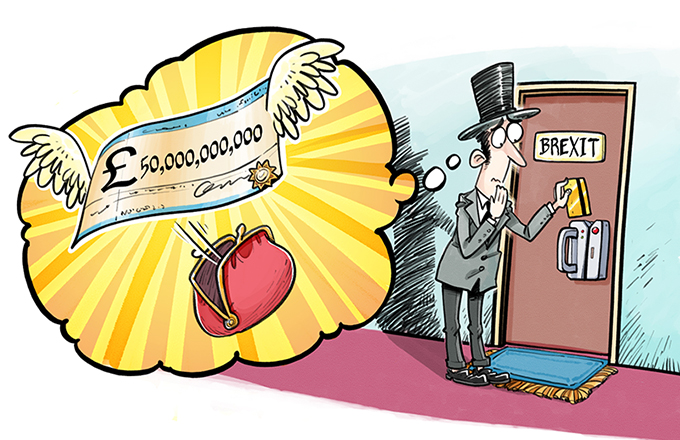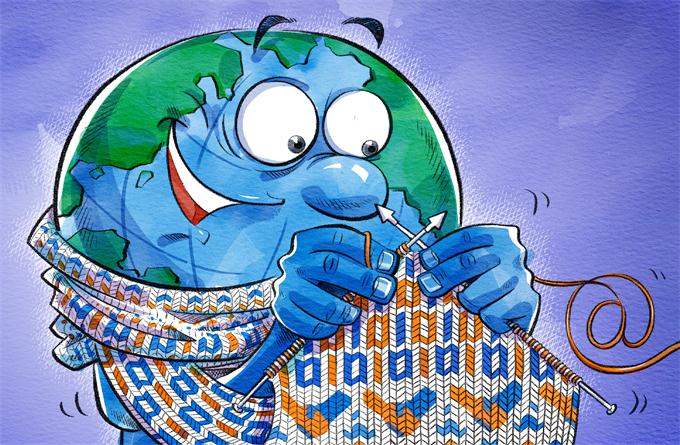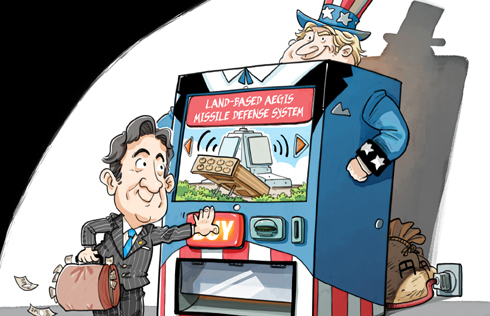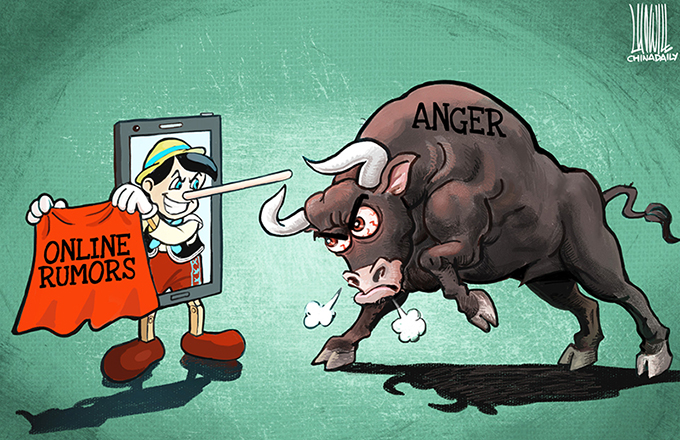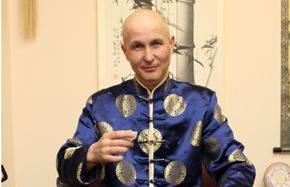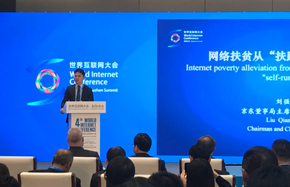When US inflation doves cry

The Wall Street Journal recently ran a front-page article saying the monetary-policy "doves", who had forecast low inflation in the United States, have gotten the better of the "hawks", who argued that the Federal Reserve Board's monthly purchases of long-term securities, or so-called quantitative easing, would unleash faster price growth. The report was correct but misleading, for it failed to mention why there is so little inflation in the US today. Were the doves right, or just lucky?
The Fed has pumped out trillions of dollars of reserves, but never have so many reserves produced so little monetary growth. Neither the hawks nor the doves, nor anyone else, expected that.
Monetarists insist that economies experience inflation when growth of money supply persistently exceeds output growth. That has not happened yet, so inflation has been postponed.
Instead of rejecting monetary theory and history, the army of Wall Street soothsayers should look beyond the Fed's press releases and ask themselves: Does it make sense to throw out centuries of experience? Are we really confident that the Fed has found a new way?
The Fed has printed new bank reserves with reckless abandon. But almost all of the reserves sit idle on commercial banks' balance sheets. For the 12 months ending in July, the St. Louis Fed reports that bank reserves rose 31 percent. During the same period, a commonly used measure of monetary growth, M2, increased by only 6.8 percent. No sound monetarist thinks those numbers predict current inflation.
Indeed, almost all the reserves added in the second and third rounds of quantitative easing, more than 95 percent, are sitting in excess reserves, neither lent nor borrowed and never used to increase money in circulation. The Fed pays the banks 0.25 percent to keep them idle.
With $2 trillion in excess reserves, and the prospect of as much as $85 billion added each month, banks receive $5 billion a year, and rising, without taking any risk. For the bankers, that's a bonanza, paid from monies that the Fed would normally pay to the US Treasury. And, adding insult to injury, about half the payment goes to branches of foreign banks.
In normal times, there are valid reasons for paying interest on excess reserves. Currently, however, it is downright counter-productive. Bank loans have started to increase, but small borrowers, new borrowers, and start-up companies are regularly refused.
Current low interest rates do not cover the risk that banks would take. To be sure, they could raise the rate for new and small borrowers; but, in the current political climate, they would stand accused of stifling economic recovery if they did.
The new Consumer Financial Protection Board is also a deterrent, because banks consider it safer to lend to the government, large corporations and giant real estate speculators. The banks can report record profits without much risk, rebuild capital, and pay dividends and bonuses. And the Fed can congratulate itself on the mostly unobserved way that the large banks have used taxpayers' money.
Instead of continuing along this futile path, the Fed should end its open-ended third round of quantitative easing now. It should stop paying interest on excess reserves until the US economy returns to a more normal footing. Most important, it should announce a strategy for eliminating the massive volume of such reserves.
It is puzzling, rather than appalling, that the Fed has failed to explain how it will restore its balance sheet to a non-inflationary level. The announcements to date simply increase uncertainty without telling the public anything useful. Selling $2 trillion of reserves will take years. It must do more than repeat that the Fed can raise interest rates paid on reserves to encourage banks to hold them. It will take a clearly stated, widely understood strategy - the kind that former Fed chairman Paul Volcker introduced in 1979-1982 - to complete the job.
Should quantitative easing end in September, December or later? Does it matter? Historically, the Fed has typically been slow to respond to inflation. Waiting until inflation is here, as some propose, is the usual way. But that merely fuels inflation expectations and makes the task more painful.
And how high will the Fed push up interest rates? Once rates get to 5 to 6 percent, assuming inflation remains dormant, the Fed can expect a backlash from Congress, the administration, unions, homebuilders and others.
When contemplating the consequences of this, remember that 40 percent of US government debt comes due within two years. Rolling it over at higher rates of 4 percent or 5 percent would add more than $100 billion to the budget deficit. And that is just the first two years. The budget cost increases every year, as more of the debt rolls over - and that does not include agency debt and the large increase in the current account deficit to pay China, Japan and other foreign holders of US debt.
Those who believe that inflation will remain low should look more thoroughly and think more clearly. There are plenty of good textbooks that explain what too many policymakers and financial market participants would rather forget.
Project Syndicate
The author is university professor of Public Policy at Carnegie Mellon University and distinguished visiting fellow at the Hoover Institution, and has the book, A History of the Federal Reserve, to his credit.
(China Daily 08/19/2013 page9)



